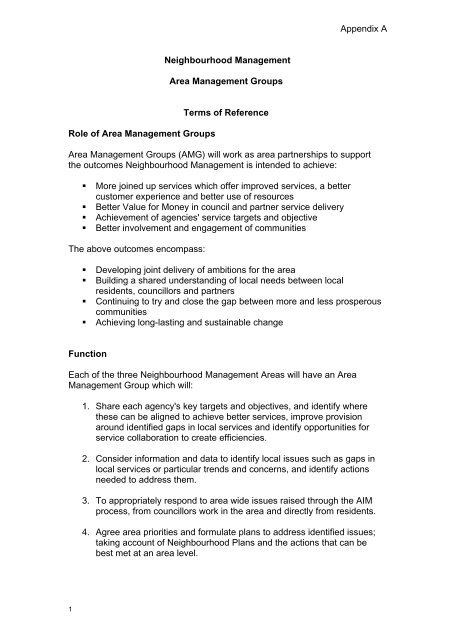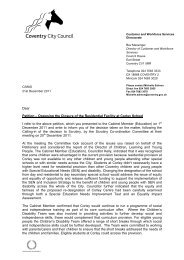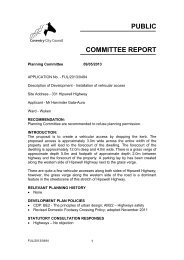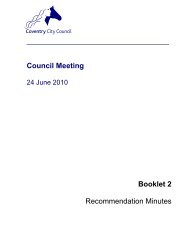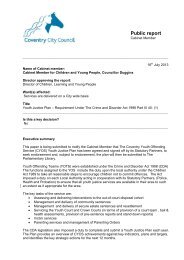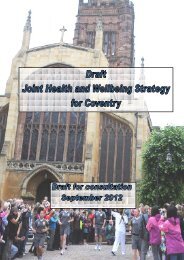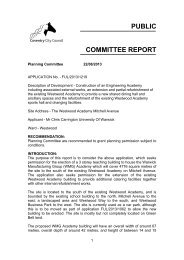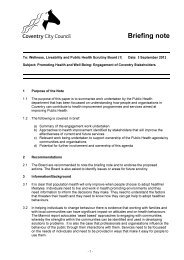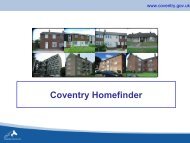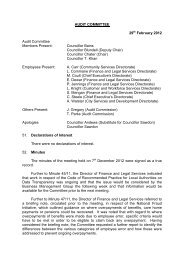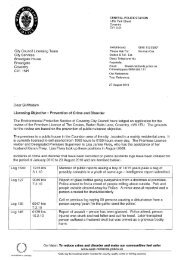Neighbourhood Management - Meetings, agendas, and minutes
Neighbourhood Management - Meetings, agendas, and minutes
Neighbourhood Management - Meetings, agendas, and minutes
You also want an ePaper? Increase the reach of your titles
YUMPU automatically turns print PDFs into web optimized ePapers that Google loves.
Appendix A<br />
<strong>Neighbourhood</strong> <strong>Management</strong><br />
Area <strong>Management</strong> Groups<br />
Role of Area <strong>Management</strong> Groups<br />
Terms of Reference<br />
Area <strong>Management</strong> Groups (AMG) will work as area partnerships to support<br />
the outcomes <strong>Neighbourhood</strong> <strong>Management</strong> is intended to achieve:<br />
• More joined up services which offer improved services, a better<br />
customer experience <strong>and</strong> better use of resources<br />
• Better Value for Money in council <strong>and</strong> partner service delivery<br />
• Achievement of agencies' service targets <strong>and</strong> objective<br />
• Better involvement <strong>and</strong> engagement of communities<br />
The above outcomes encompass:<br />
• Developing joint delivery of ambitions for the area<br />
• Building a shared underst<strong>and</strong>ing of local needs between local<br />
residents, councillors <strong>and</strong> partners<br />
• Continuing to try <strong>and</strong> close the gap between more <strong>and</strong> less prosperous<br />
communities<br />
• Achieving long-lasting <strong>and</strong> sustainable change<br />
Function<br />
Each of the three <strong>Neighbourhood</strong> <strong>Management</strong> Areas will have an Area<br />
<strong>Management</strong> Group which will:<br />
1. Share each agency's key targets <strong>and</strong> objectives, <strong>and</strong> identify where<br />
these can be aligned to achieve better services, improve provision<br />
around identified gaps in local services <strong>and</strong> identify opportunities for<br />
service collaboration to create efficiencies.<br />
2. Consider information <strong>and</strong> data to identify local issues such as gaps in<br />
local services or particular trends <strong>and</strong> concerns, <strong>and</strong> identify actions<br />
needed to address them.<br />
3. To appropriately respond to area wide issues raised through the AIM<br />
process, from councillors work in the area <strong>and</strong> directly from residents.<br />
4. Agree area priorities <strong>and</strong> formulate plans to address identified issues;<br />
taking account of <strong>Neighbourhood</strong> Plans <strong>and</strong> the actions that can be<br />
best met at an area level.<br />
1


